west yorkshireHaworthThe Brontës moved to Haworth in 1820, when Patrick Brontë was appointed curate of the local church. Once a busy, industrial town, Haworth sits on the outskirts of Greater Bradford. Today it's a charming place and a popular tourist destination, attracting visitors from around the world. The BrontË Parsonage MuseumThe Brontë sisters spent most of their lives at their home in Haworth. Today, the 18th Century Parsonage is owned by the Brontë society, one of the oldest literary societies in the world. Its museum is dedicated to the family, with most of the rooms kept in their original state. The house boasts a beautiful collection of Brontë artefacts, with the family’s original letters, paintings and furniture on display, including the dining table, where they did most of their writing, and the black couch, where Emily is said to have died. Haworth ChurchPatrick Brontë served as the vicar of Haworth Church from 1820 to 1861. The building has been extensively rebuilt over the years, but a memorial chapel stands in honour of the family’s connection with the church. And an original tower still bears the bullet holes from Reverend Brontë’s gun, which he supposedly fired from the Parsonage window each morning. All of the Brontës were buried in a vault on the church grounds, except for Anne, who was laid to rest in Scarborough. The church is open to the public for regular services. Top WithinsJust a few miles from Haworth on the Brontë Way, this derelict farmhouse is thought to have been Emily’s inspiration for the Earnshaw home in Wuthering Heights. The actual building varies from her description in the book, but the setting is unmistakable, “Pure, bracing ventilation they must have up there at all times, indeed; one may guess the power of the north wind blowing over the edge, by the excessive slant of a few stunted firs at the end of the house; and by a range of gaunt thorns all stretching their limbs one way, as if craving alms of the sun". Ponden HallLocated a mile and a half west of Haworth in Stanbury, this 17th Century farmhouse was home to the Heaton family, close friends of the Brontës. On occasion, Emily visited the Heatons to take advantage of their home's extensive library. It's thought that Ponden Hall was Emily's inspiration for Thrushcross Grange in Wuthering Heights, but some scholars claim that the house is actually a better match for Heathcliff's home, Wuthering Heights. ThorntonThe birthplace of the Brontë sisters, Thornton lies on the outskirts of Bradford and was officially incorporated into the city in 1974. It's just a short drive from Haworth and well worth a visit. The BrontË Birthplace
The Bell ChapelKnown locally as the Bell Chapel, this was the original village church of St James, built between 1587 and 1612. Patrick Brontë served as village parson from 1815 to 1820. After the construction of a new church in 1872, the Bell Chapel fell into a state of disrepair. One of the original walls and the cupola remain in the graveyard opposite the new church. The church is just off the Brontë Way footpath, which passes through Thornton. The Spen ValleyLocally known as 'Shirley Country', the Spen Valley is steeped in Brontë heritage. All three sisters attended the Roe Head School in Mirfield, where Charlotte established life-long friendships with local girls Ellen Nussey and Mary Taylor. She regularly returned to the area to visit her friends and eventually based much of her novel Shirley here. The novel takes place during the Luddite uprising of the Yorkshire textile industry, which occurred in and around the Spen Valley. Red HouseThis 17th Century house was home to Charlotte Brontë's friend Mary Taylor. Charlotte called the house Briarmains in Shirley and based its fictional residents on the Taylor family. Formerly the Red House Museum, which included in-depth exhibitions about Charlotte's connection with the Spen Valley, the house was unfortunately closed to the public in 2016. Oakwell HallAn integral part of Shirley, Oakwell Hall appeared as Fieldhead, the home of heroine Shirley Keeldar, which the author describes as "picturesque, sepia-toned and the very desire of the eye". This magnificent Elizabethan manor house is set on 110 acres of beautiful parkland. Open to visitors, Oakwell Hall Country Park has been preserved as it would have been during the English Civil War, offering visitors a unique insight into the period. north yorkshireScarboroughThe popular seaside resort of Scarborough has been attracting holiday makers for centuries. The Brontë sisters were especially fond of this seaside locale. Charlotte first came with her school mate Ellen Nussy and immediately fell under the charms of the area. Anne regularly visited Scarborough while working as a governess for the Robinson family and even set the ending of her novel, Agnes Grey, in the town. The Grand HotelWhen Anne Brontë fell ill with consumption, her family hoped that the sea air might act as a cure. Accompanied by her sister Charlotte and family friend, Ellen Nussy, Anne made her last journey to Scarborough. The three stayed at Wood Lodgings, now the Grand Hotel. She died here on 28 May 1849. Anne Bronte's graveAfter Anne's death, Charlotte decided 'to lay the flower in the place where it had fallen' and had her sister buried at St Mary's Church in Scarborough. Anne is the only sister not buried at the family church in Haworth, but it's perhaps fitting that she was laid to rest overlooking the sea which she loved so dearly. Norton Conyers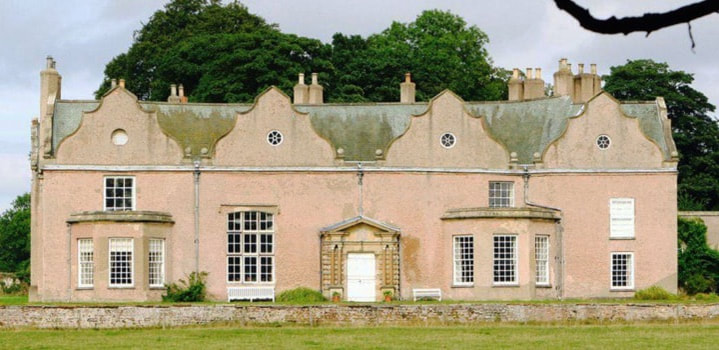 Located four miles north of Ripon, this medieval manor house has belonged to the Graham family since 1624. Charlotte Brontë visited Norton Conyers in 1839 and supposedly heard about a former resident who was confined to the attic because of mental illness. The story is thought to have inspired the mad woman in Jane Eyre and the house closely matches some of the author’s descriptions of Thornfield. In 2004, the discovery of a hidden staircase connecting the first floor to the attic sparked renewed interest in the Norton Conyer’s Brontë link. LancashireThis rural corner of Lancashire encompasses the northwestern edge of Brontë Country, with the 43-mile Brontë Way terminating at Gawthorpe Hall. Charlotte Brontë was a regular visitor at both Gawthorpe and the nearby Wycoller Hall, which she immortalized as Fearndean Manor in Jane Eyre.
Gawthorpe HallGawthorpe Hall belonged to the Shuttleworth family until 1970. In the 19th Century, the house was owned by Sir James Kay Shuttleworth, a friend of Charlotte Brontë. Charlotte visited the house in 1850 and 1855. It was Sir James who first introduced Charlotte to her good friend Elizabeth Gaskell. Today Gawthorpe Hall is owned by the National Trust and open to visitors at certain times of the year.
Wycoller HallCharlotte Brontë visited this Elizabethan manor house on several occasions and supposedly used it as the model for Fearndean Manor, Rochester's hunting lodge in Jane Eyre. Located in the pretty and well-preserved hamlet of Wycoller, near Colne, the derelict house forms part of the Wycoller Country Park.
Cowan Bridge SchoolFormerly known as the Clergy Daughters' School, this place provided this inspiration for the notorious Lowood in Jane Eyre. Charlotte attended the school along with her sisters Emily, Maria and Elizabeth. Informed of the poor conditions, Mr Brontë brought them home after just one year. Unfortunately the older Brontë sisters, Maria and Elizabeth, died of consumption soon after. The School was moved to Casterton in 1833. Today the house has been converted into a cosy self-catering cottage.
0 Comments
Leave a Reply. |
Categories
All
|
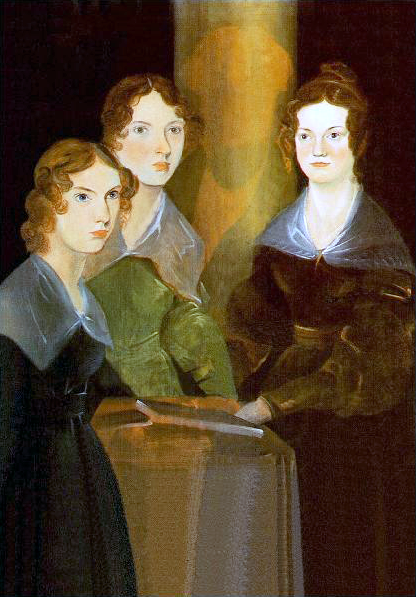

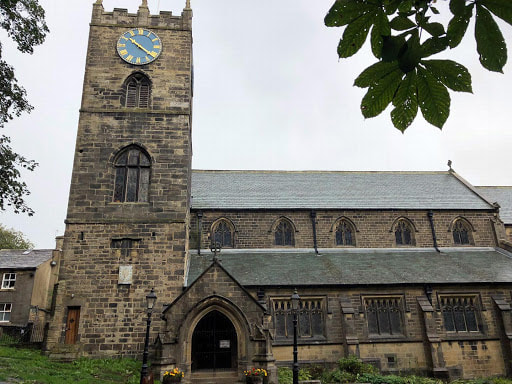

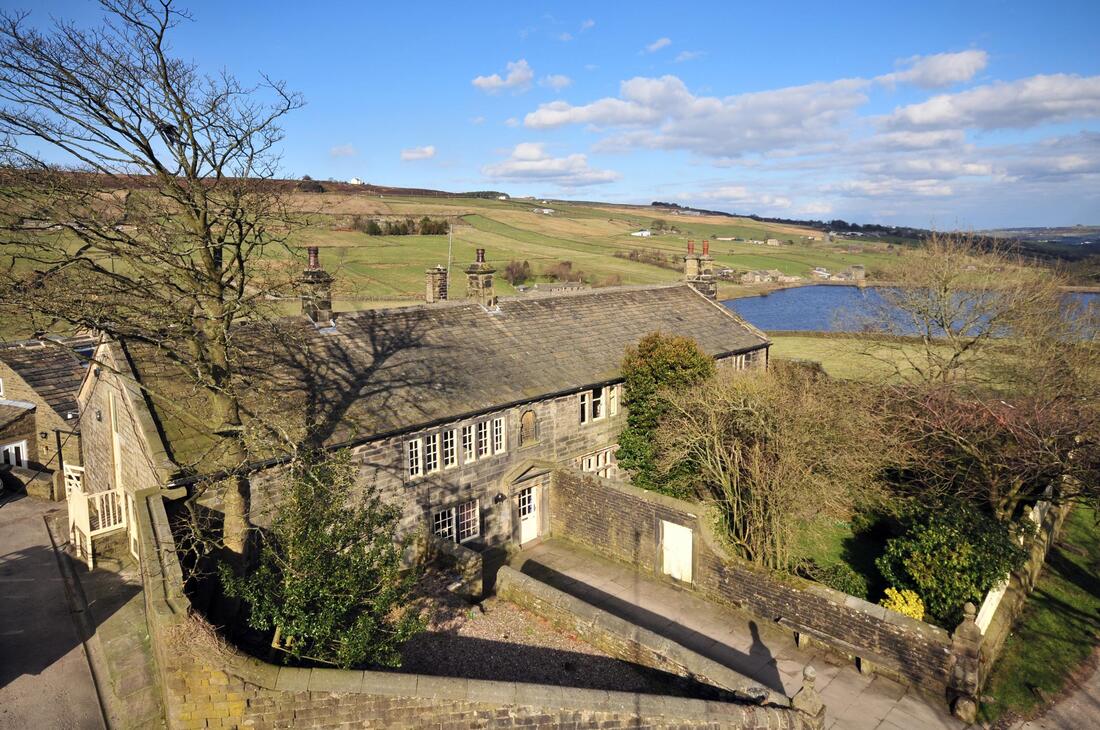
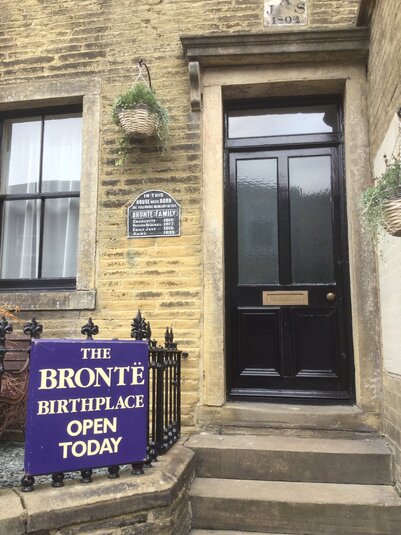
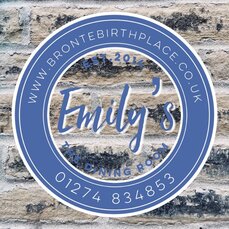
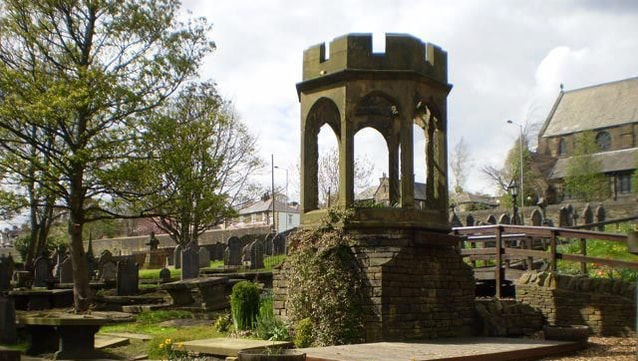
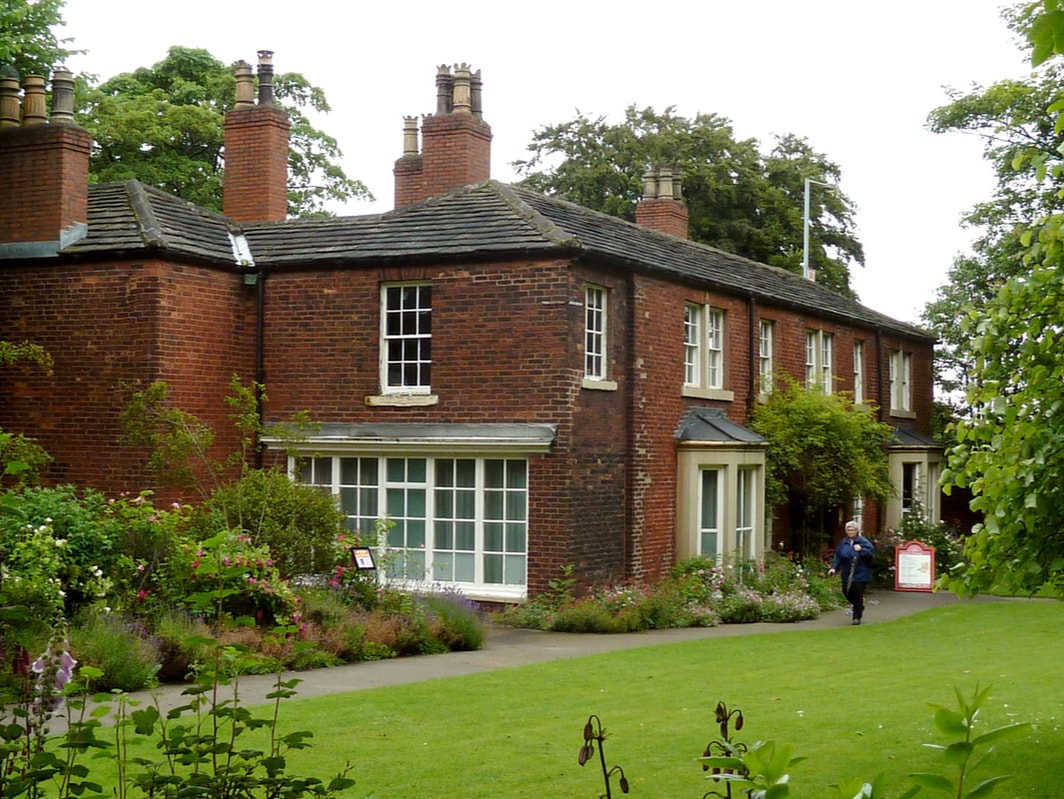
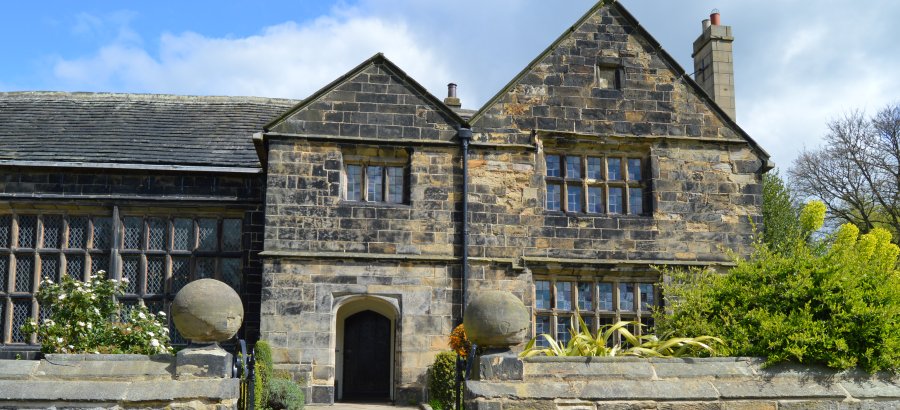
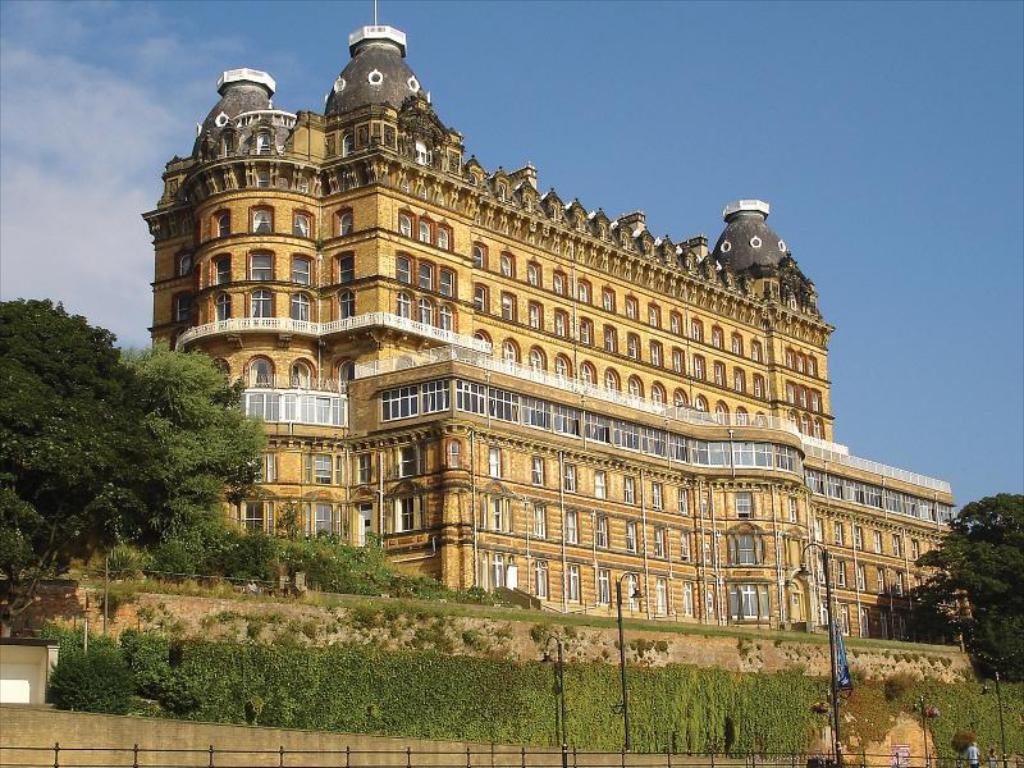
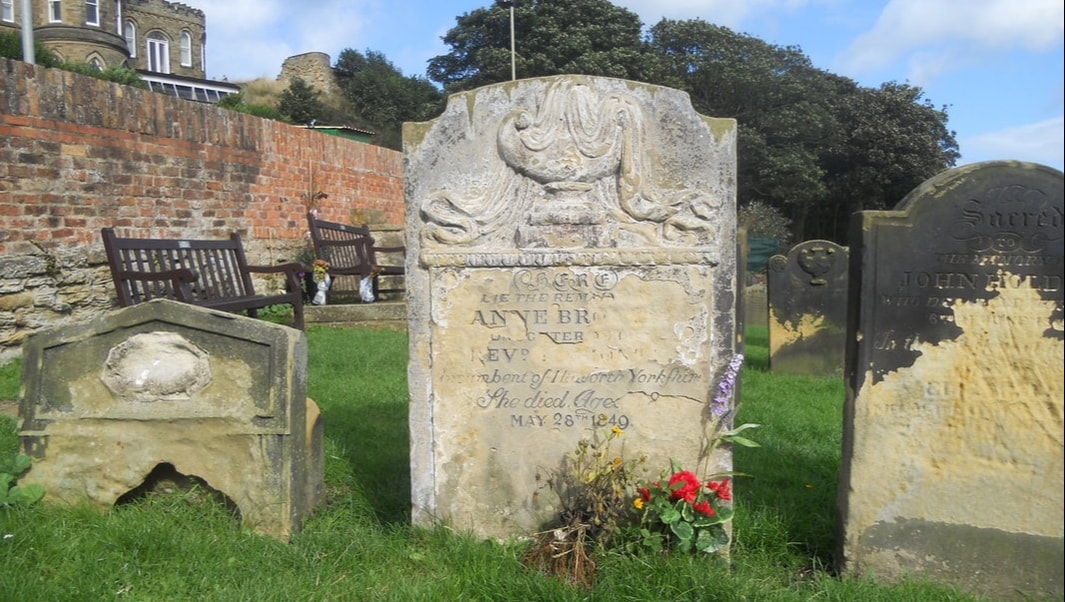
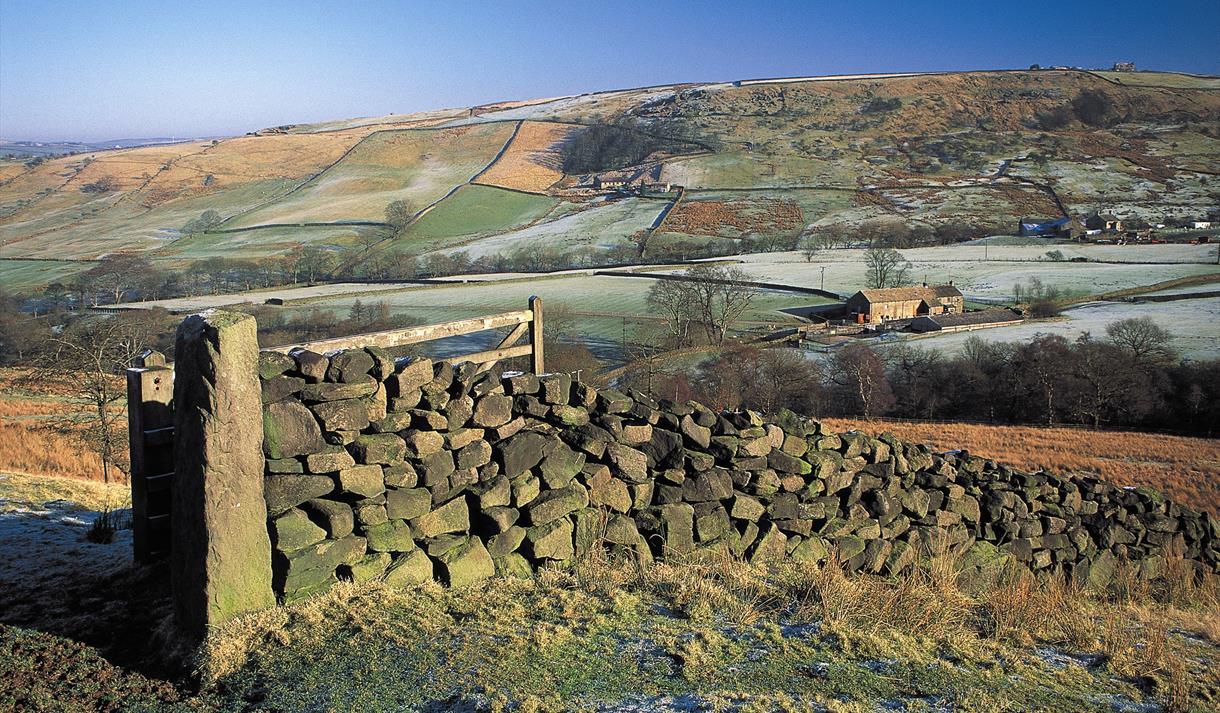
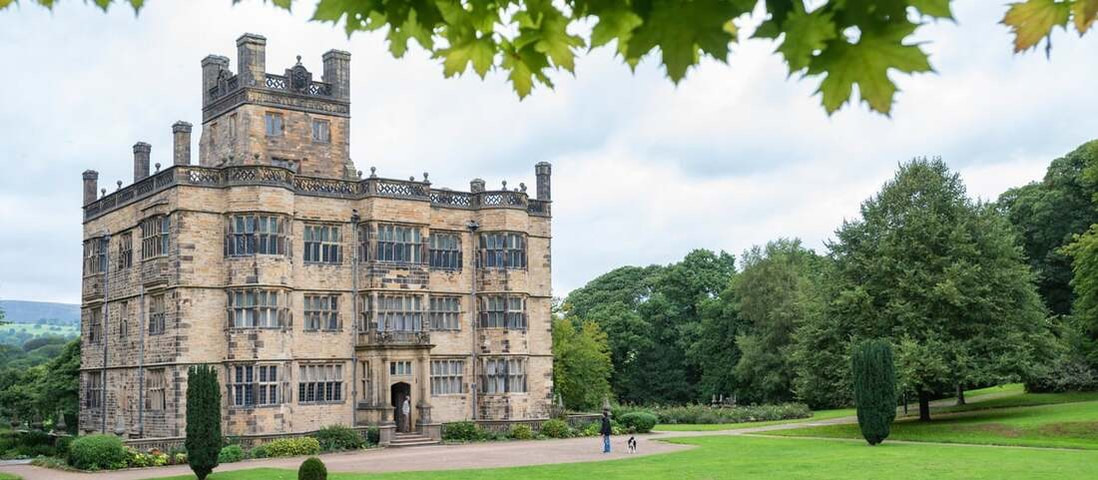
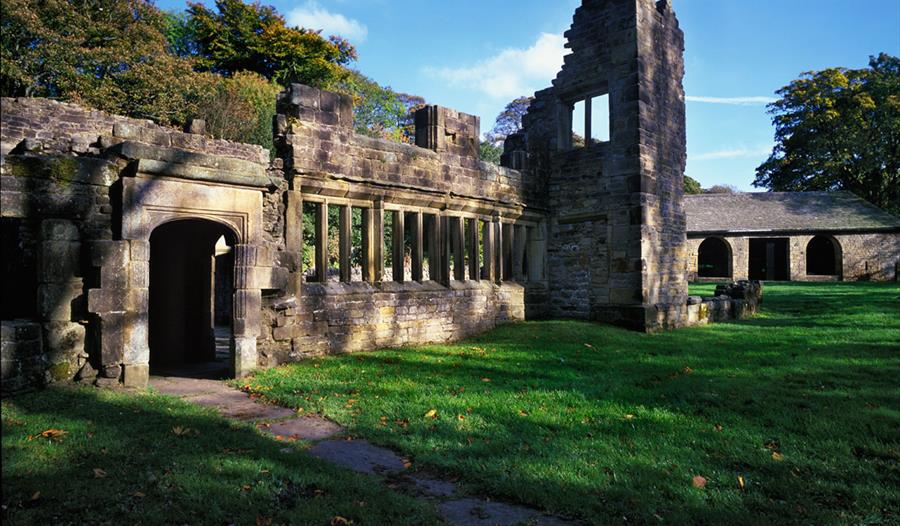
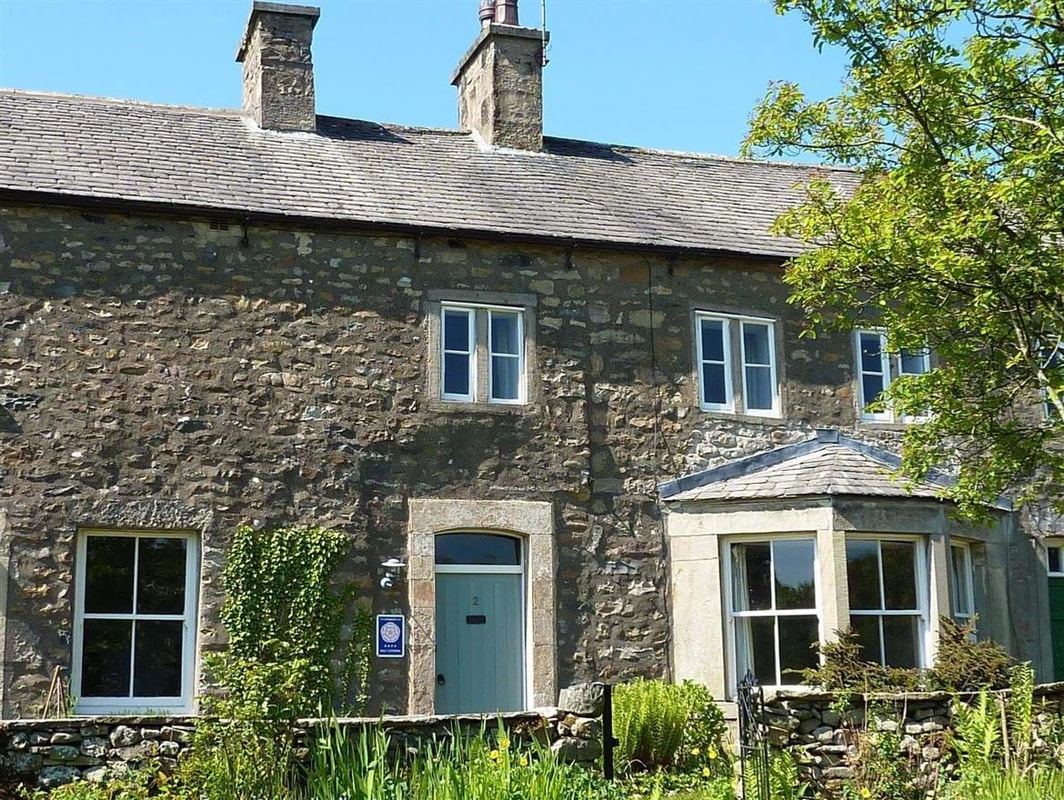
 RSS Feed
RSS Feed